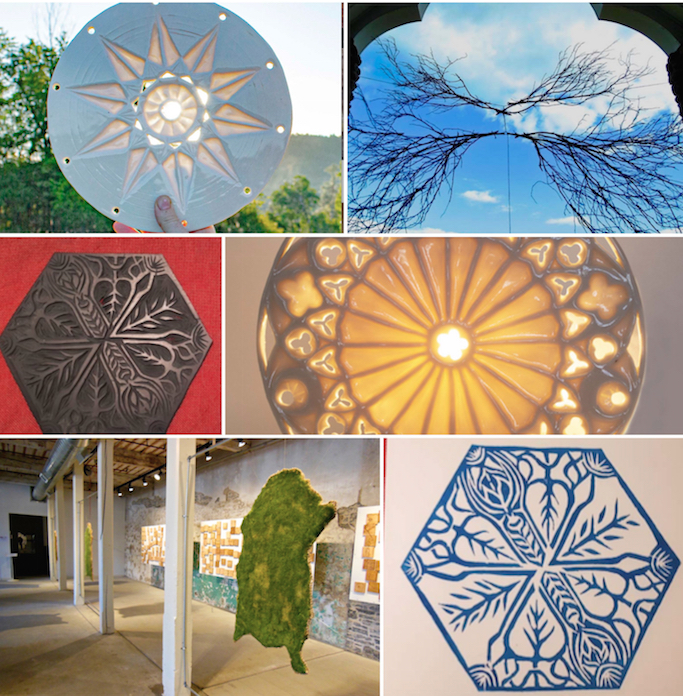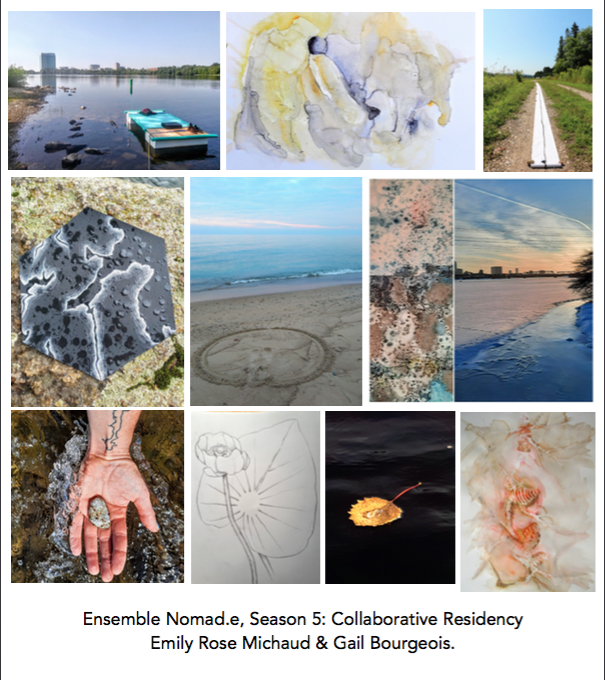Meeting with Helen Fotopulos
On Tuesday, January 20, Christine (from Artefatica) and I met with Helen Fotopulos and Eleni Fakotakis at Station C on St Laurent). Helen is the borough mayor of Plateau Mont-Royal and Eleni is borough councillor for Mile End. I was thrilled they took the time to meet with us. I provided an overview of my work in the Maguire Meadow, Sprout Out Loud’s activities, and our upcoming book. I then asked about the plans for developing the meadow. They were supportive. Both Helen and Eleni emphasized the importance of involving the community in the planning process. But it was clear they face many pressures and constraints — some of which are contradictory.
So here’s an update on what was discussed:
East of St. Laurent, bordering Bernard and the train tracks, are two (of three) lots belonging to Canadian Pacific. Those lots, as well as a building that recently burned in a fire, will soon belong to the city (they’re currently in the expropriation process). The city is still negociating with Canadian Pacific for the third and largest lot, which will be developed to enable east-west pedestrian traffic by extending St-Viateur street east. This east-west passage will likely be a zig-zag connecting St-Viateur diagonally across the field to rue Laos. The city is having preliminary architectural plans prepared; nothing, as of yet, has been finalized. Part of the building at the end of St-Viateur (home to Jeans Jeans Jeans) will be removed. The building’s owner will need to sell it to the city or face an expropriation process.
The Carmelite’s residence and the zone around it — including the old industrial area nearby on de Gaspe — has been declared protected by the Quebec Ministry of Culture. This means that any changes or developments must be approved. Protection extends to views onto the site. The sidewalks on the east part of St-Viateur have been upgraded, which will be followed by trees. Closer to the train tracks, a municipal building with the capacity to hold 200 empoyees will be constucted. This will be “a green building with a living wall”. There will also be a cour de voiree (a place to put big trucks, tractors, plows). The intent is to put this in the area with the least housing because the machinery is noisy (away from the meadow).
So basically what is now the meadow will be cut in half. And the rest? How will it be developed? First, the soil needs to be detoxified. This is an issue close to my heart. How will they decontaminate the field? What about the ecosystem of this place? The biodiversity there will certainly get wiped out. I have become attached to this place, as it has become an obsession, a real part of me. I knew when I started working in this field that the process would be ephemeral; anything in the public domain changes and can ultimately not be controlled (plant colonies, city officials, wildlife, seasonal and climate conditions, etc) I decided a few months ago that I would do what my energies permit, and what I enjoy rather than get in too much over my head…along with that, came a decision to not waste my time blaming the city’s decisions or trying to force a change that seems to be well underway. The field, to me, is very much a living entity, like a human relationship, always changing. I saw that the field seems to me, like a dear friend, maybe one dying of cancer. So no matter what the outcome, I choose to honour the life of this living entity, I choose to share its life with others.
The decontamination methods currently approved by the government are expensive and destructive to the living ecosystems. It may cost up to a million dollars to clean the meadow. This involves removing all of the earth and replacing it with foreign (albeit safe) soil.
Soil remediation is based on Department of Health soil sample results. The Quebec Government dictates how remediation happens. (I am not sure if they acknowledge the efficiency of less-expensive, alternative methods.) But here Fotopulos has little control — the provinical government sets the standards and regulations. Propositions for alternative approaches to soil remediation (of which there are SO MANY international examples) would need to outline: (1) long term effectiveness, (2) how long it will take, (3) what would be required — seeds, plant matter, mycological growth, and (4) cost.
Its time for the government to look at the evidence. Bulldozing all the soil out is destructive and expensive. (I wonder where all of the contaminated soil gets dumped…) We should encourage them to examine myco-remediation (or bioremediation), which uses fungus — mushrooms — and is one of the most inexpensive and effective methods for regenerating soil. Relative to standard practices, ridiculously cheap. Check out the work of Paul Stamets (see http://www.youtube.com/watch?v=XI5frPV58tY)— the founder of Fungi Perfecti and a leading expert on the science of mushrooms and how to use them to restore landscapes back to their fertile, natural state. Many large institutions (such as the US Navy) have approached Stamets as they become awake to the value of taking the time to explore what works, using natural technology (even if it is radically different from current approaches).


